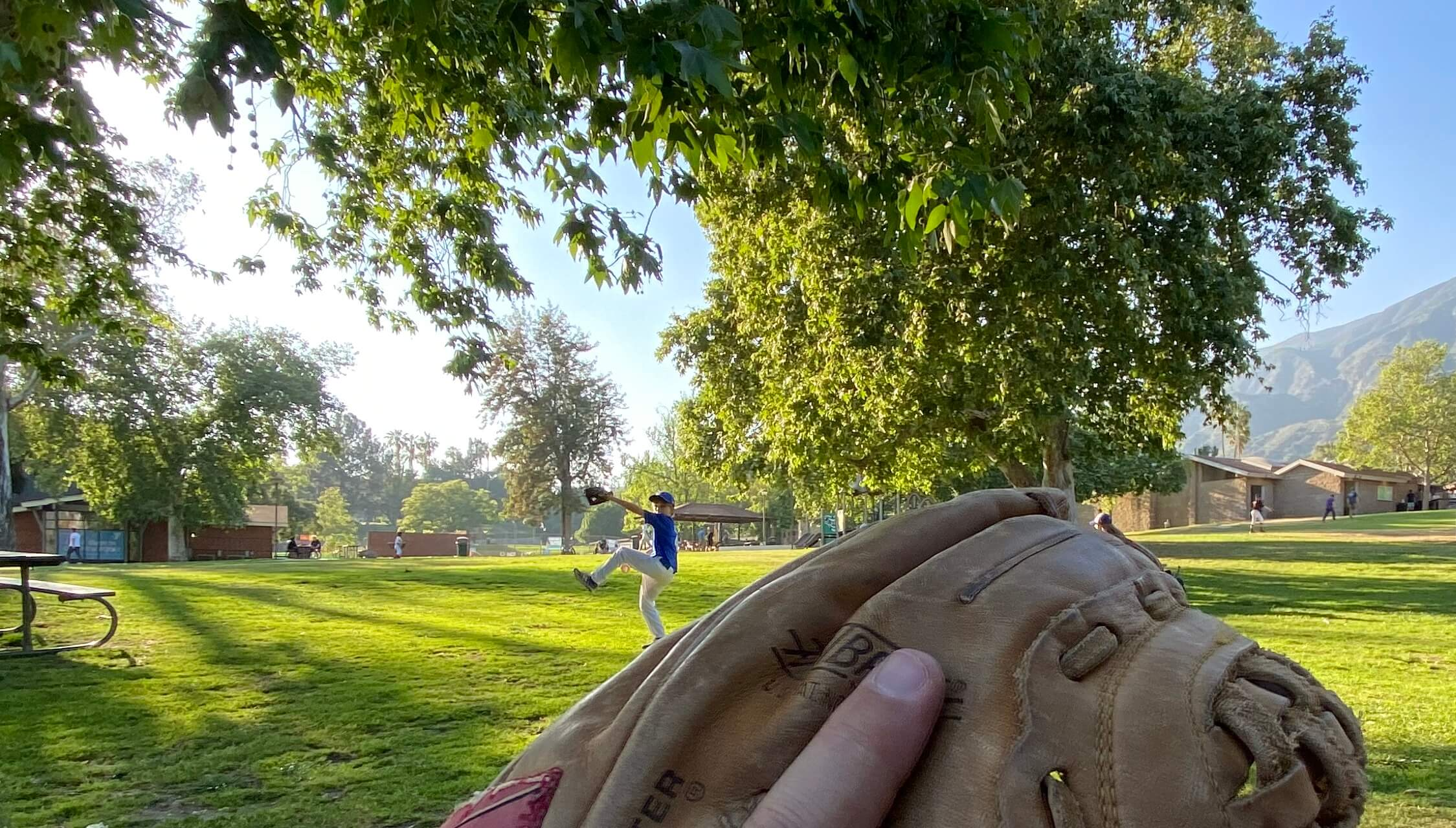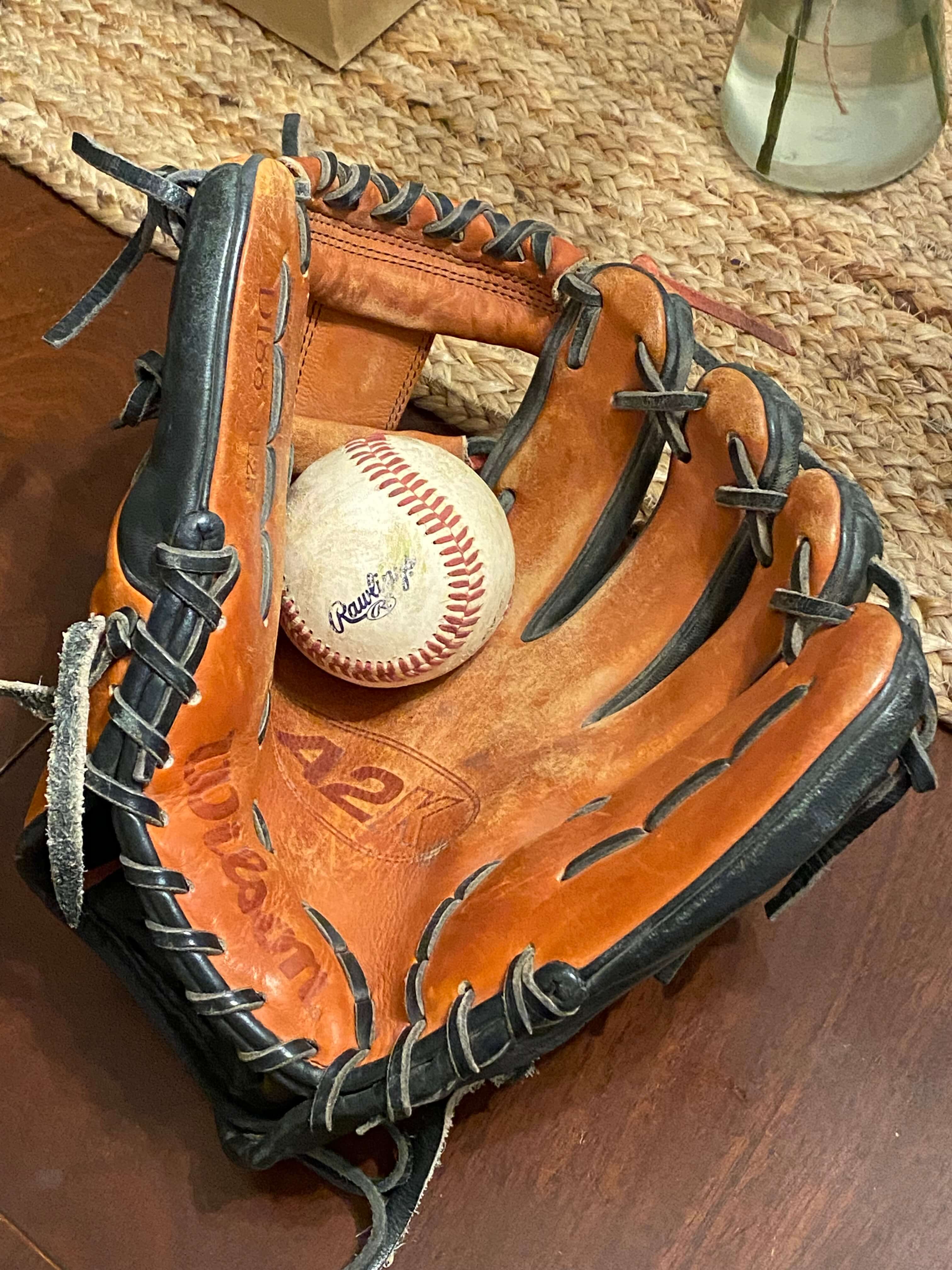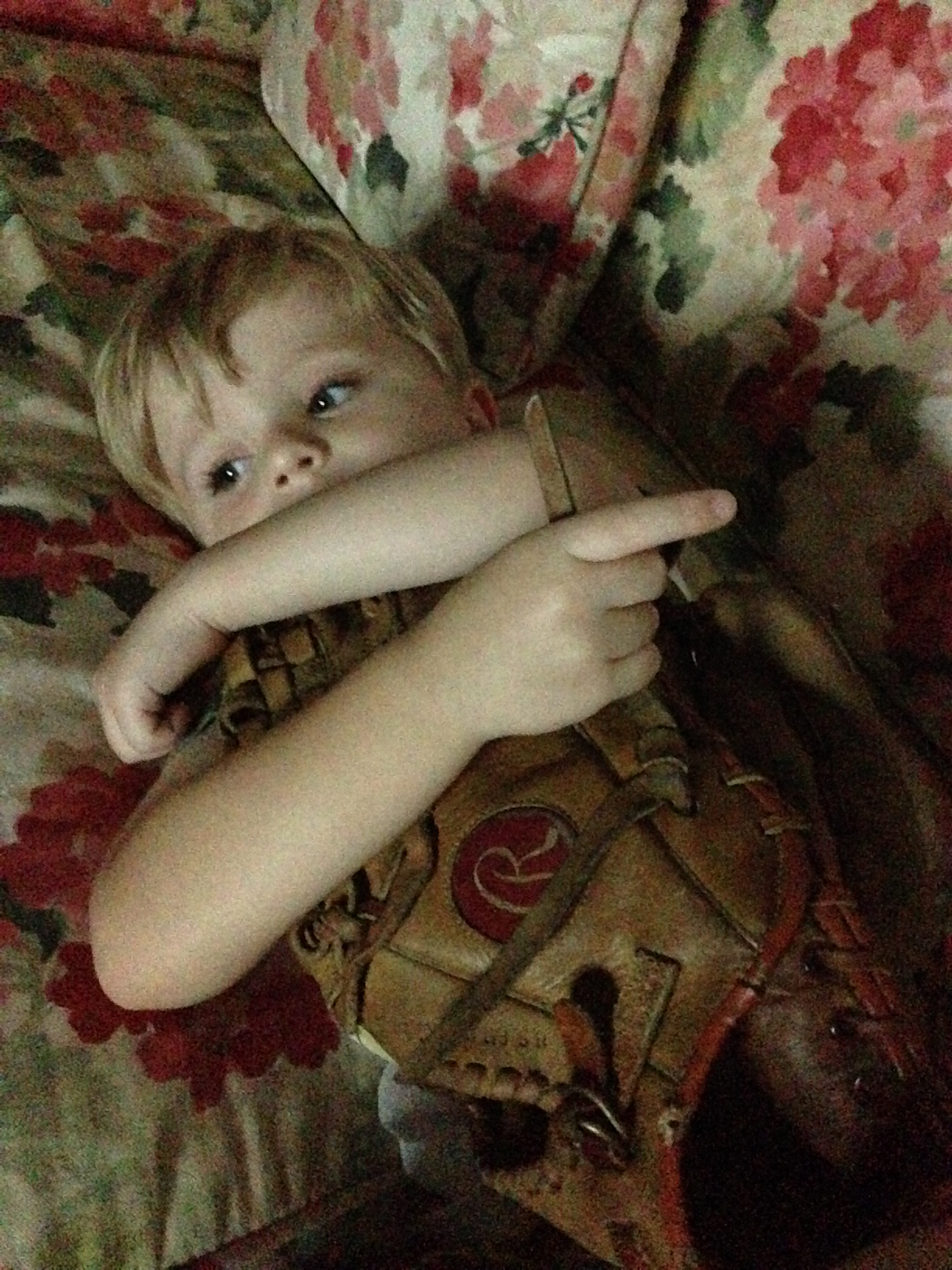The Perfect Fit: A Parent’s Guide to Buying the Right Baseball Glove

So, your kid needs a baseball glove. Maybe they’ve outgrown the one that’s been living in the garage, or perhaps that last one mysteriously disappeared after a "catch with friends" turned into an impromptu frisbee session. Whatever the reason, you’re here because finding the right glove feels a bit like trying to pick the perfect avocado – firm, soft, or somewhere in between?
Don’t worry. I’ve got you covered. By the time we’re done, you’ll know your outfielder’s glove from your catcher’s mitt, and your kid will have a glove that fits better than their favorite hoodie.
Why the Right Glove Matters
Let’s get philosophical for a second. A glove isn’t just a tool; it’s a sidekick. Batman wouldn’t fight crime with gloves that pinched his fingers, and your kid won’t enjoy baseball if they’re stuck with something stiff, oversized, or – worse – painful.

A good glove builds confidence. When the ball flies their way, they won’t panic; they’ll reach out and snag it. A bad glove? Well, that’s how we get the occasional ball-to-the-face situation. And nobody wants that.
Types of Gloves by Position (and Age)
- Infield Gloves: Shorter and lighter. Quick to the ball, like a cat chasing a laser pointer.
- Outfield Gloves: Longer with a deeper pocket. Perfect for those "Oh no, it’s over my head!" moments.
- Pitcher’s Gloves: Designed to hide the ball (and that sneaky curve they’re working on).
- Catcher’s Mitt: Thick padding, stiff build, and perfect for absorbing 70 mph fastballs.
- First Base Mitt: Longer, like a scoop. Great for snagging those slightly-off throws.
- For younger kids (6-10), versatility is key. Look for something light and all-purpose. Once they hit 11-12, specialization starts to matter.
Sizing Guide (Yes, Size Does Matter)

but to put it simply...
- Under 8 years old: 9" to 11.5" glove
- Ages 9-13: 11" to 12" glove
- High school and beyond: 11.5" to 13" (depending on position)
- Pro tip: If the glove looks like it could moonlight as an oven mitt, it’s too big.
Of course, gloves are just one part of the equation. A well-rounded player needs the right gear from head to toe. Here’s a breakdown of must-have baseball equipment.
Materials Breakdown
- Synthetic Leather: Affordable, light, but not exactly heirloom quality. Great for beginners.
- Full-Grain Leather: Heavy, durable, and the kind of glove that’s passed down to younger siblings.
- Steerhide or Kip Leather: Pro-level. These gloves could probably survive the apocalypse.
Breaking in a Glove (or How to Become a Glove Whisperer)
- Hot Water Method: Pour a little hot water (not boiling) over the glove and work it. Sounds weird, but it works.
- Glove Oil: Rub it in, shape the pocket, and sleep with the glove under your mattress. Old school, but effective.
- Catch, Catch, Catch: The most fun method. Play catch until the glove molds perfectly.
Budget Talk (Let’s Be Real)
- $30-$60: Basic youth gloves. Good for entry-level players or backyard fun.
- $80-$150: Mid-range, solid gloves that will last a few seasons.
- $200+: High-end gloves. Worth it if your kid plays year-round or you’re looking for something that might make it to college ball.
Where to Buy
There are plenty of places to pick up a new glove, from local sporting goods stores to the usual online giants. But don’t discount the magic of a well-loved, pre-broken-in glove. Sites like eBay, and Sideline Swap are treasure troves for quality used gloves. Some of these gloves have stories to tell, and the right one might just help your player shine without dipping into their college fund.
A Glove with a Story

I still remember my first glove. It was stiff, smelled like new leather, and I was convinced it was the key to becoming the next Julio Franco. I didn’t hit 714 home runs, but that glove stayed with me through plenty of errors, grounders, and yes, a few balls to the face.
A glove isn’t just gear – it’s part of the experience. And while it won’t guarantee golden gloves, the right one might just make the game a little more fun.
After all, every sidekick needs the right tools – and sometimes, the glove picks the player, not the other way around.
Back to Home